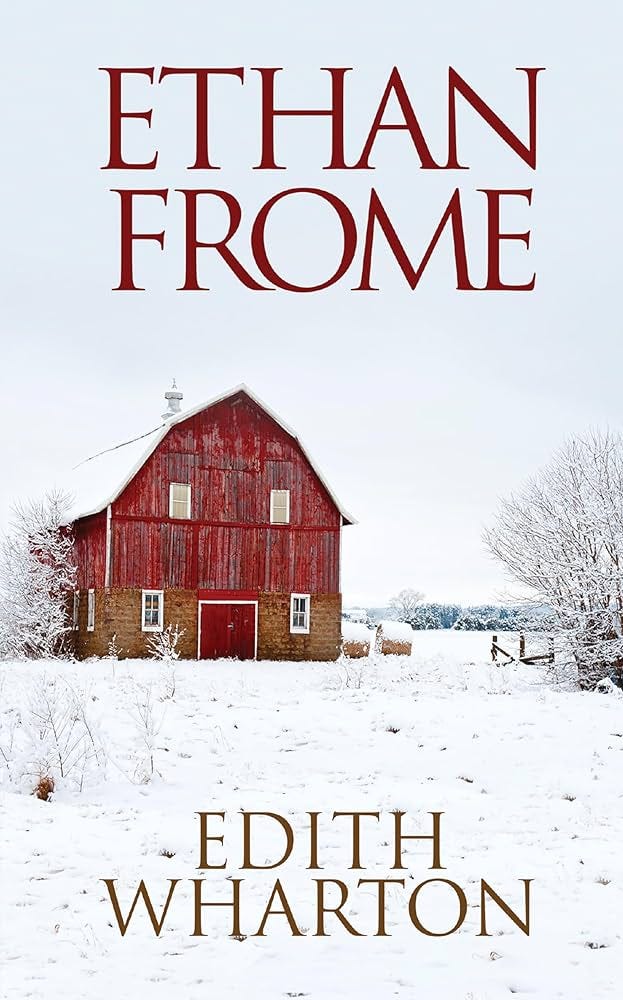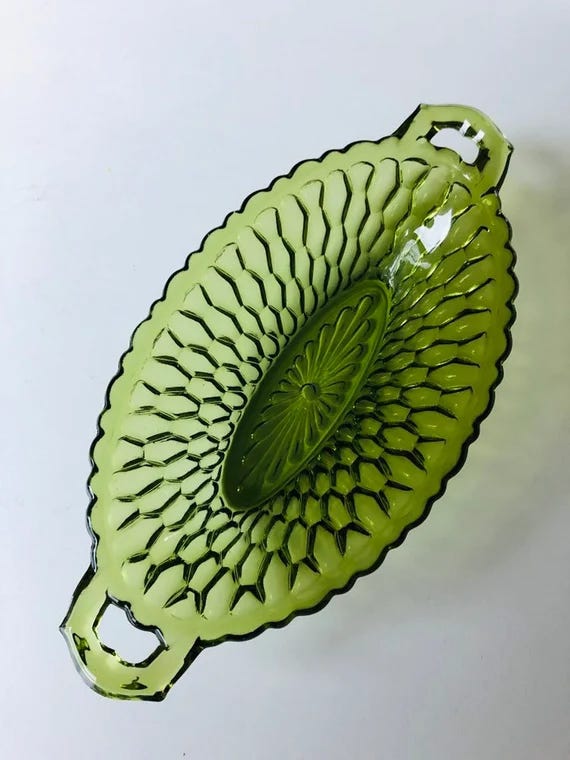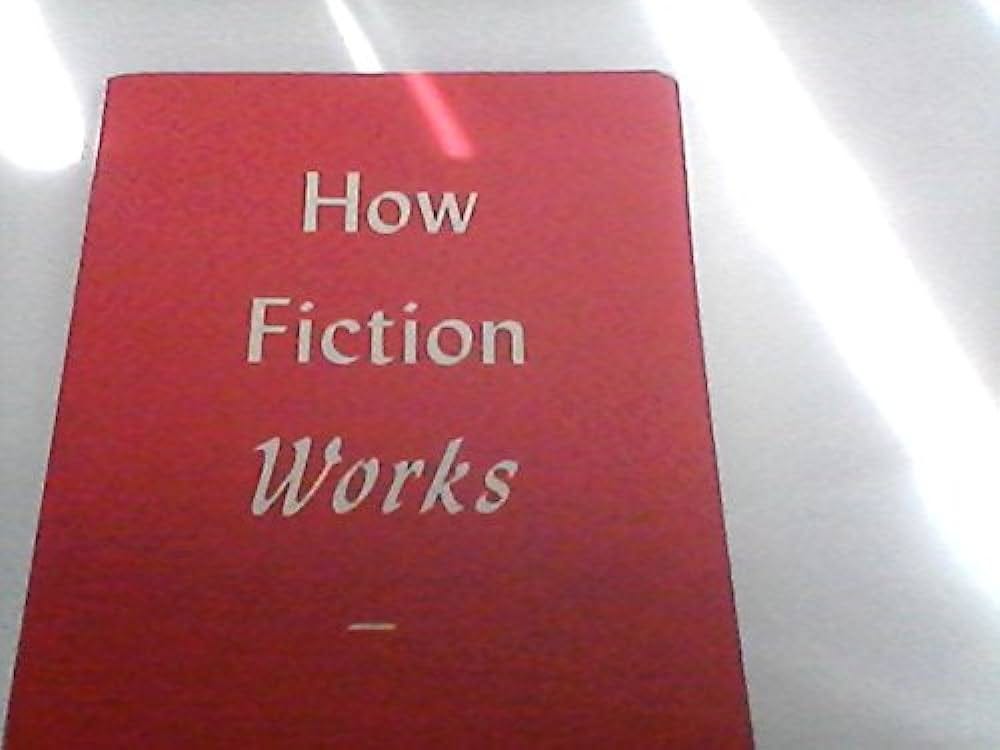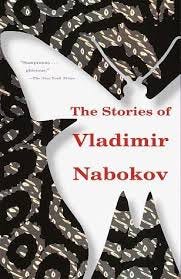This year I’ve been working with an amazing group of writers who have been workshopping their first novels, and this month many of them are reaching the last pages and writing those long-awaited words: THE END at the bottom. It’s a thrilling moment—the stories they set out to tell have been told. They’ve written a book, which only a small fraction of people who begin to write a book will ever actually do.
But of course it is also just the beginning. The next task will be to go back to the hundreds of pages they’ve written and figure out how to make those drafts even better. Over the course of the year, so many things have taken shape, changed direction, moved in and out of focus.
Until now the goal has been churning out pages. What has to happen next?
There are many ways of thinking about revision. It may mean cutting, or altering, or adding. Drafts may get tighter and shorter, or much, much longer. Still, whichever of these directions we’re going in, what we’re really up to here is not revising so much as unifying.
As far back as 335 BCE, in Aristotle’s Poetics, we’ve been told that a piece of art must have unity: every piece of it must matter and be essential to the whole. Aristotle speaks of a “structural union of the parts” such that “if any one of them is displaced or removed, the whole will be disjointed or disturbed.”
This can be overwhelming to think about. Are we just talking about plot events and characters? What about the descriptions, the weather, the scenery, the gestures, the dialogue, the furniture… does everything really need to connect?
Can’t some stuff just be there?
Think back on English classes in middle school or high school. A well-meaning teacher has you read a novel and then zeroes in on some tiny detail you’d barely thought was just random. They tell you that, in fact this thing is deeply symbolic and important and chosen.
A friend of mine tells a story like this about first reading Ethan Frome in class. At some point Ethan and the woman he loves, Mattie, are eating together and a cat knocks a pickle dish off the table and it shatters. According to my friend’s high school English teacher this is meant to symbolize the way Ethan’s love for Mattie is going to break the relationship Ethan has with his wife. Furthermore, because it is not just any old dish but a “pickle” dish, there’s a phallic element as well, and the dish represents not just Ethan’s marriage but his manhood… the broken dish represents emasculation and—this is when my friend yelled out, “Oh come on! It’s just a broken dish!”
Isn’t it?
As a writer, I know that lots of times I put things into stories with little hidden meanings that I hope someone might pick up on, and I’m sure they never do. At the same time I know that lots of things go in that don’t have thirteen layers of hidden meaning behind them—I might have a cat break a dish in order to interrupt the characters and end their conversation. I might say it was a “pickle dish” just to be a bit more specific, without really considering it as some kind of phallic symbol, etc. I might just like the sound of that word in the sentence. Maybe it adds a little humor to it. Maybe I just… liked it. Nothing more than that.
Now, an English teacher might argue that it doesn’t matter if I consciously choose it for that reason, because it may be my subconscious that is pushing the “pickle” detail without my even knowing it. But I went with “pickle” because of all those Freudian connotations, nonetheless.
But, OK. What about when some other scholar comes along and makes some other interpretation? To them, the pickle dish instead symbolizes upper class materialism, because the Fromes feel the need to obey social customs, and have a special dish for pickles, etc. Did Wharton secretly intend that meaning as well?
If I mention that my protagonist never properly learned to tie his shoes as a kid and so often finds them coming undone during the day… can that just be an interesting detail or does it have to be significant in some way? Must he then trip on his laces during a crucial chase later on? Does it represent his arrested development overall? Are they untied just like the strands of his morals? Or are they showing his ill-preparedness for the future?
Depending on if, and how, this detail resonates with other things in the story, it will take on some purpose. If it doesn’t, then, according to Aristotle, I should cut it, or replace it with something that does.
These are just the kind of masterstrokes that we think of that mark the work of great writers. On the other hand, trying to consider the multiple meanings of every little thing we try to put into the story will surely be paralyzing.
In How Fiction Works James Wood points out that one issue with making every little thing meaningful is that this is not really how life is. Our everyday lives are actually filled with irrelevant details. Almost nothing in our real life bears any huge significance.
Indeed, someone who thinks every bug that crawls across their path, every object they touch, every thing they hear or see, is laden with deep hidden meaning… would probably be very mentally unwell.
Here I think of the Nabokov story, “Signs & Symbols,” where a couple is dealing with a son who has been committed because of his "referential mania" where "the patient imagines that everything happening around him is a veiled reference to his personality and existence". The irony of Nabokov’s story is that, in a story, we have referential mania. We never think things “just happen” because we’ve been taught that in a story, they shouldn’t—even if in real life they often do.
But, Wood points out, a writer’s job is not to reflect every single tiny bit of reality. We’re not cameras. We’re crafters. We choose the bits of life that should be put into the story, both so that we don’t waste the reader’s time and so that our narrative isn’t bogged down unnecessarily.
In this way, we must carefully consider every detail. Nothing should be there “just because” — and indeed, in the revision process we’ll find ourselves asking ourselves, over and over, if this or that detail or moment really needs to be there. If not, we are meant to cut it.
Even if we decide to leave in an insignificant detail in the spirit of making the story feel less engineered and perfect, to be messier like real life—Wood points out, that our insignificant detail becomes significant. It serves the purpose of adding some mess and some “real feel” to the story. Woof calls these “significantly insignificant” details… their significance is that they’re not significant. They’re there to “denote the real.”
But back to the original question—how can any of us actually write this way? How can we lose ourselves in a creative “flow” if we are also overdetermining every parallelism and symbol and color and so on and so on?
A few weeks ago, when I heard the news about the death of Alice Munro, I reread a handful of my old favorite stories of hers: “Family Furnishings” and “The Moons of Jupiter” and “Spaceships Have Landed.” (I’ll confess I have barely scratched the surface with Munro—she’s one of those writers I keep saving for some future moment when I think I’ll really need her!)
It struck me as I read that one thing I love about them is that they achieve that kind of perfect unity, where every line and word feels exact and purposeful, but that she does it in an effortless-seeming way (though I’m sure it takes quite a lot of effort, just like anything in this line of work.)
They’re the sort of stories that are just plain fun to read, but that also have surprisingly complicated architecture when you assign them in a class and sit around picking them apart on a “pickle dish” kind of level. In other words, they’re just the sorts of stories I’d want to write. But how did she do it?
In an essay I had photocopied long ago out of a Norton Anthology short story collection for my gen ed students, I found a curious explanation of Munro’s process in her own words:
I will start by explaining how I read stories written by other people. For one thing, I can start reading them anywhere; from any point in between in either direction. So obviously I don’t take up a story and follow it as if it were a road, taking me somewhere, with views and neat diversions along the way. I go into it, and move back and forth and settle here and there, stay in it for a while. It’s more like a house. Everybody knows what a house does, how it encloses space and makes connections between one enclosed space and another and presents what is outside in a new way. This is the nearest I can come to explaining what a story does for me, and what I want my stories to do for other people.
I was baffled by the idea that anyone might begin to read a story from any random spot, but then I tried it with “The Moons of Jupiter” and discovered that it worked surprisingly well. Not that there wasn’t a logic to the start- and stop-points, or the presented arrangement of the seven sections of the story, but that the experience of reading it, let’s say 5→7→1→4, actually made perfect sense. It was cohesive enough that it didn’t matter. It had that good old Aristotelian unity.
The pieces are so deeply part of the same whole that you can experience that whole the same way no matter where you begin.
Munro uses the metaphor of a house for the story here: if each section of a story is a room in a house, then the whole of the house could be experienced by moving through the rooms from anywhere—if the aesthetic and logic of the kitchen and the bathroom and the bedrooms and the living rooms, etc. are all unified properly, then it doesn’t really matter where you happened to enter or exit the house.
Interestingly, she describes the writing process as similarly non-linear. It isn’t a “road” that must be traversed from one end to the other. Parts/rooms will be lingered in or sped through, re-entered and re-exited. You might start out writing one piece and then go on to another, then return to the first, then off to a third. You aren’t done when you reach the end of the story/house because there is no end to a house. You’re done when all the pieces of the house fit together… belong together.
We’ve all been in homes like this before. Thoughtful, not fussy. It has a personality—the personality of its owners. The view from the kitchen window lines up with a painting in the living room. The faucet in the guest bathroom recalls the curve of the banister on the stairs. The red and gold runner on those stairs is mirrored in the tiles of the kitchen. Everything is both ordinary and connected at the same time. It has achieved a unity that can just be felt as you spend time in it.
The idea here is that a story or a novel can and should feel the same way, if it has unity.
If this seems like this can only be achieved by some insane genius, think again. As Alice explains, this kind of unity is simply an achievement of pure perseverance.
There is no blueprint for the structure. It’s not a question of, “I’ll make this kind of house because if I do it right it will have this effect.” I’ve got to make, I’ve got to build up, a house, a story, to fit around the indescribable ‘feeling’ that is like the soul of the story, and which I must insist upon in a dogged, embarrassed way, as being no more definable than that. And I don’t know where it comes from. It seems to already be there, and some unlikely clue, such as a shop window or a bit of conversation, makes me aware of it. Then I start accumulating the material and putting it together. Some of the material I have lying around already, in memories and observations, and some I invent, and some I have to go diligently looking for (factual details), while some is dumped in my lap (anecdotes, bits of speech). I see how this material might go together to make the shape I need, and I try it. I keep trying and seeing where I went wrong and trying again.
This, I think, is the fun and messy part of writing that you begin to find after you’ve finished something like a “draft” that works on all the expected levels—the plot has no big holes and the characters have their arcs. What’s left is to now bring it all together. To find those echoes, to think about pickle dishes a little more than before. Should it be some other kind of dish? Now’s the time to play around and see. Bit by bit, detail by detail, you weigh the possibilities and, as you go, it gets more and more unified.
If a house becomes unified as you live in it, and it becomes, bit by bit, a little more “yours” then a story must come along in the same way. You can only achieve its unity by living in it for a while. Moving things around and seeing how they sit. Changing what feels “off” and adding what feels “right.”
All those random little details now begin to take on meanings (or else they go) and you begin to understand what you’ve written on a whole other level. It reveals its truer nature to you. You go wrong a lot, and you try again. The benefit being that, when things suddenly align, and the off-hand comment by a minor character in the second scene suddenly resonates with the movie poster in the epilogue—you feel like a genius. Maybe you’ll even imagine some high school teacher somewhere pointing this out, lovingly, to a class full of confused students someday.









